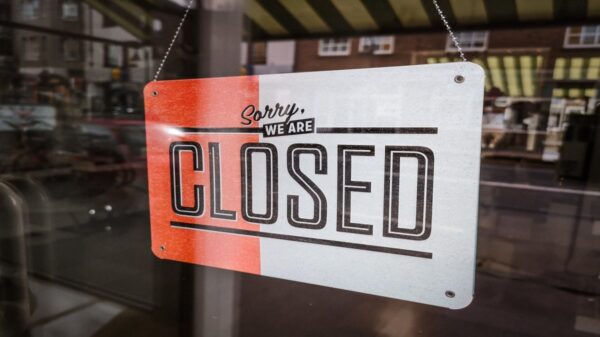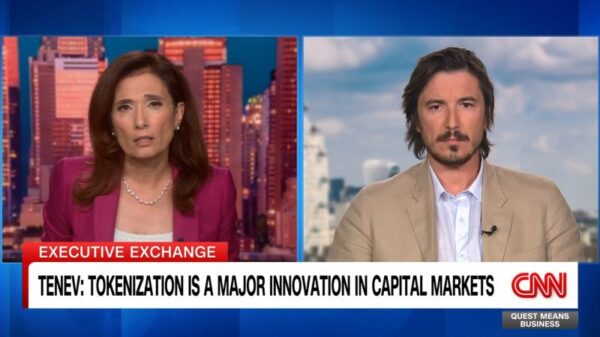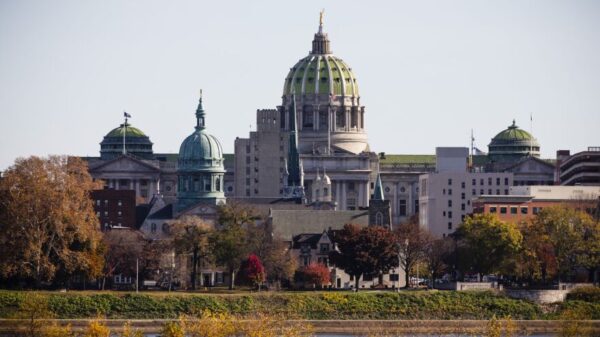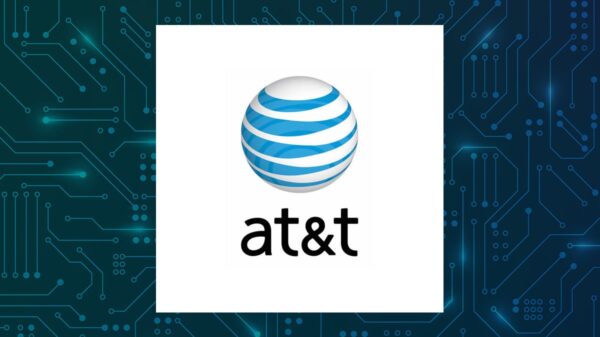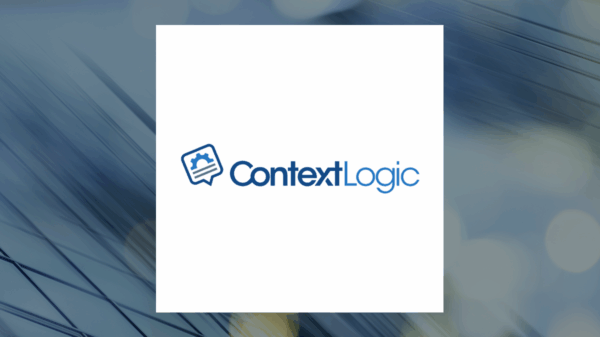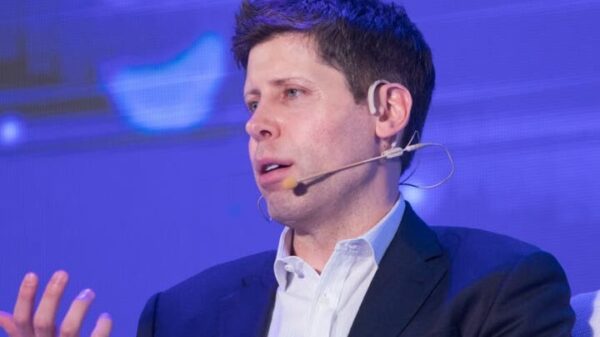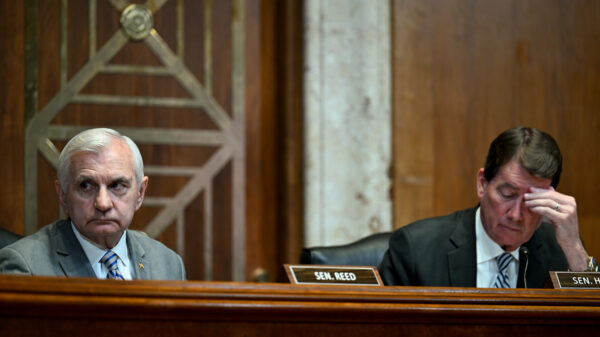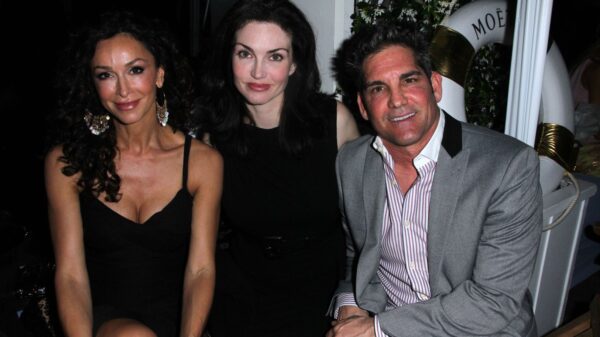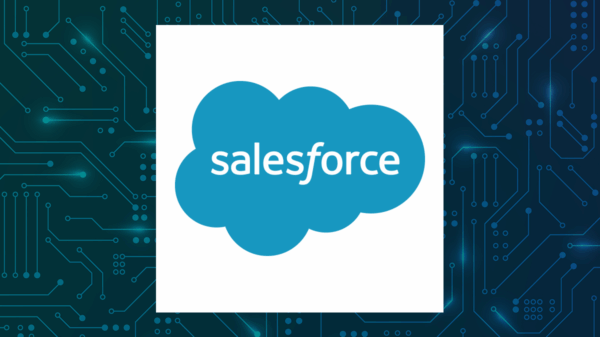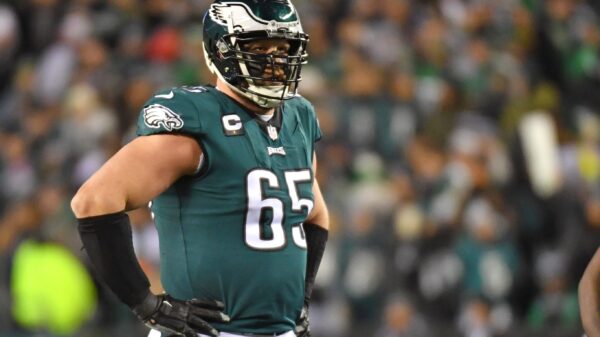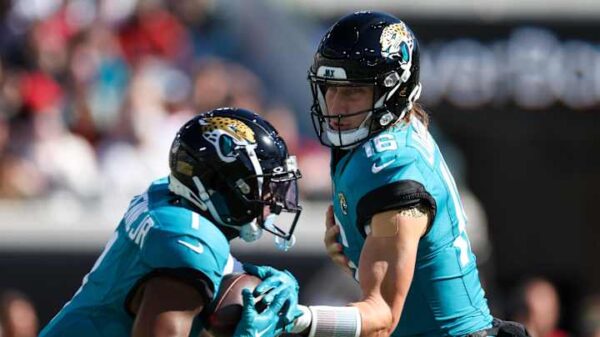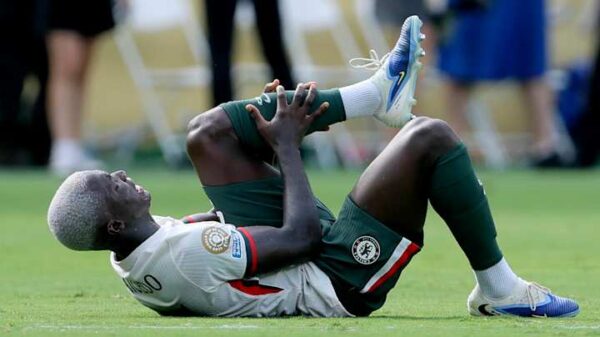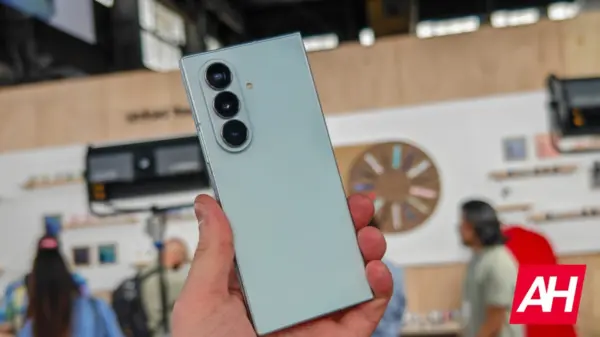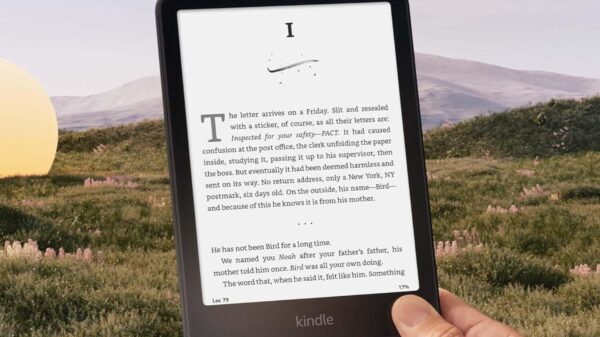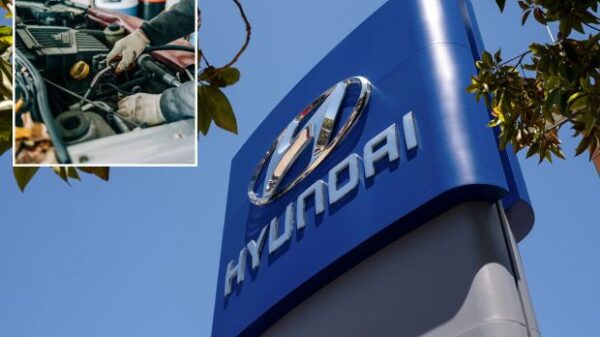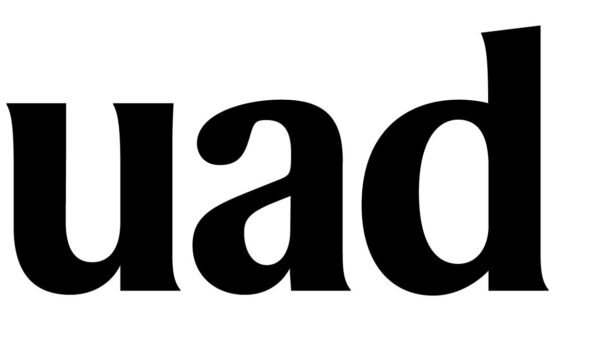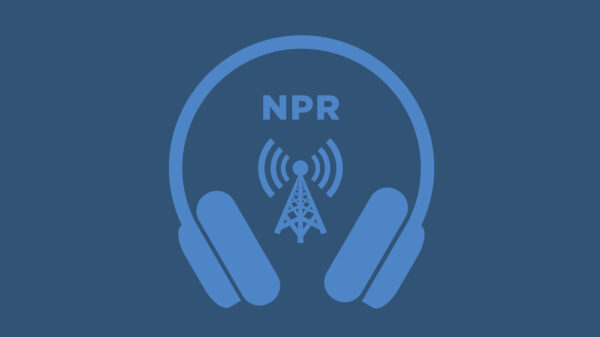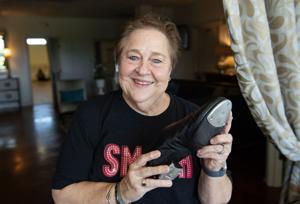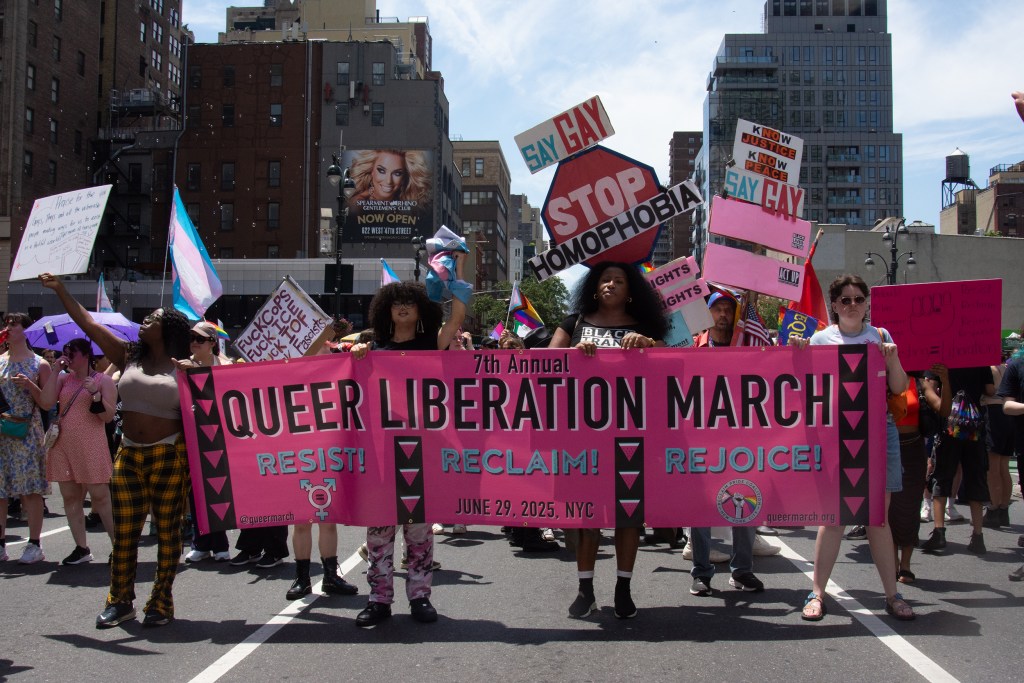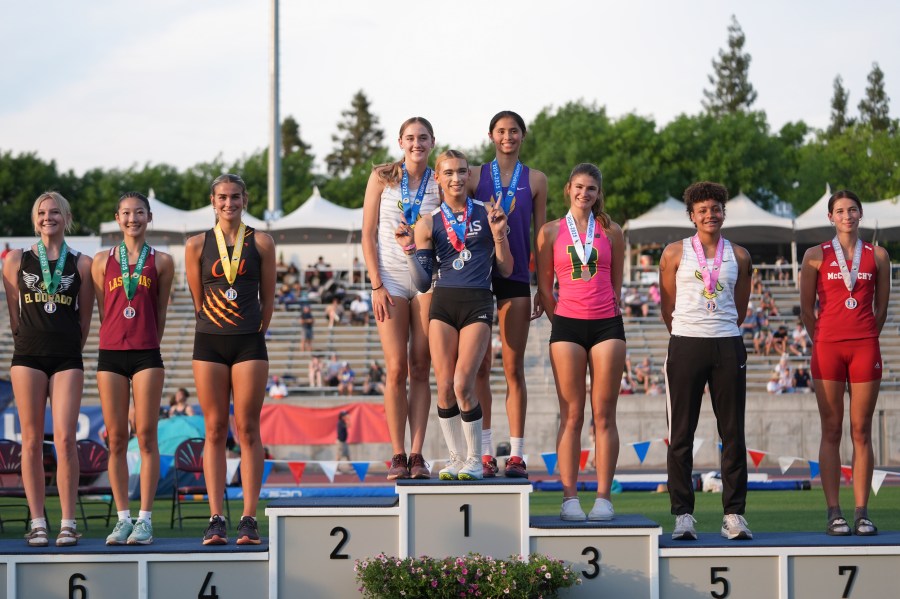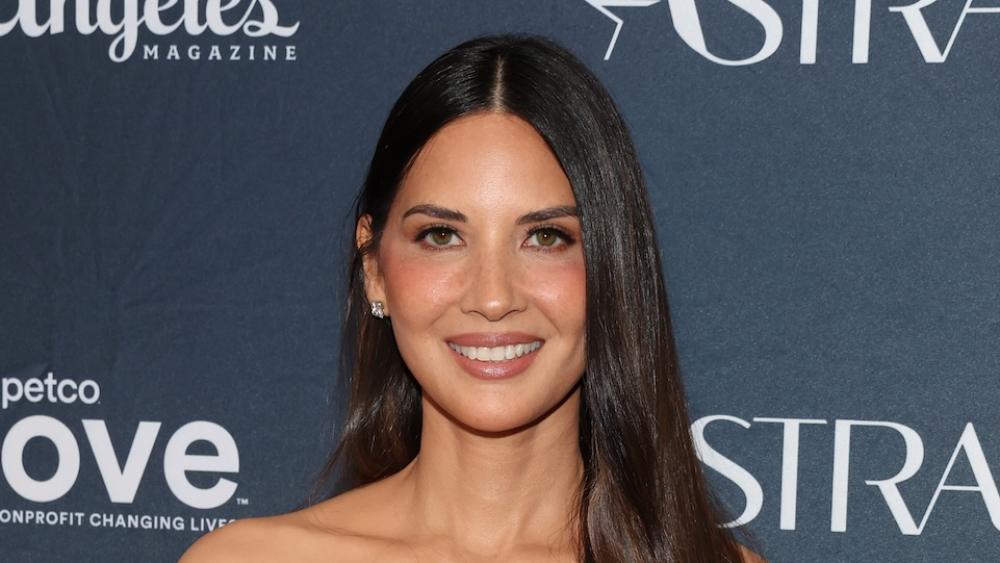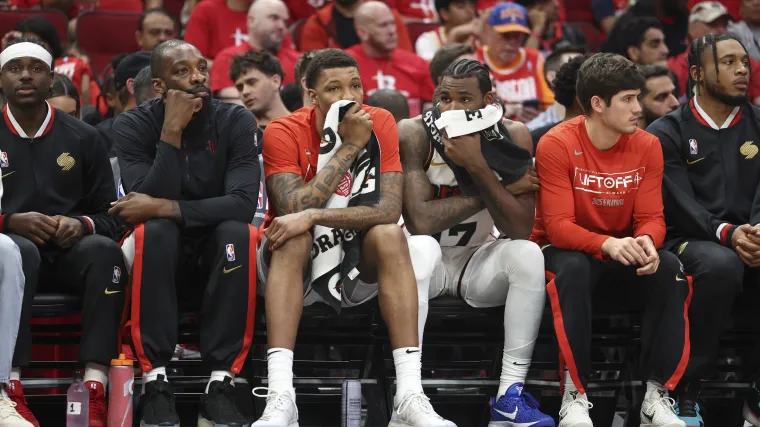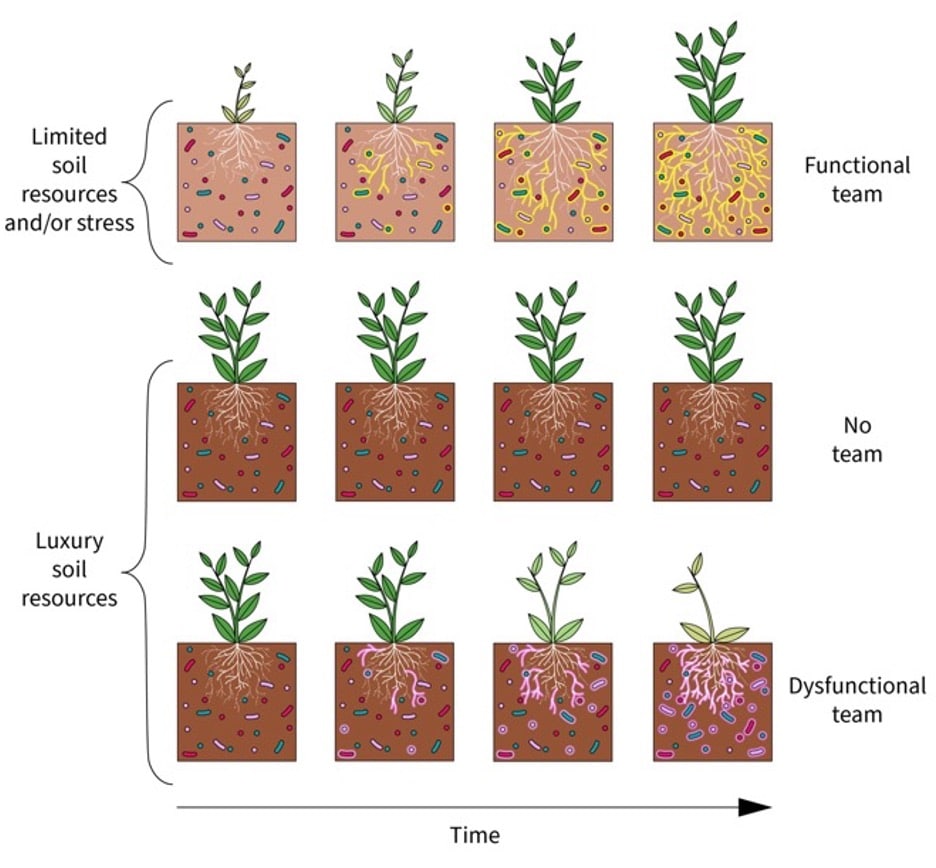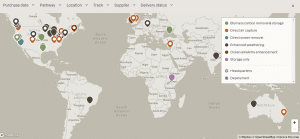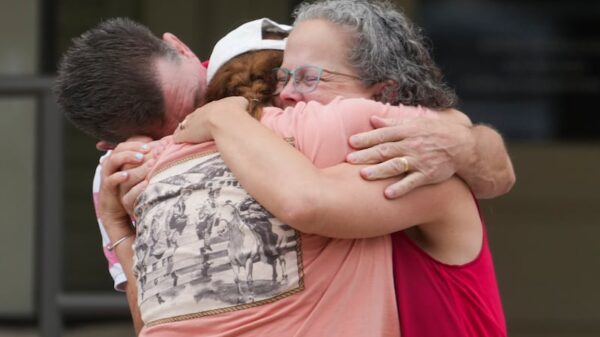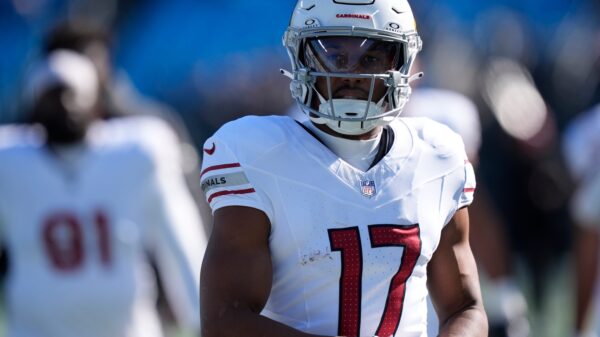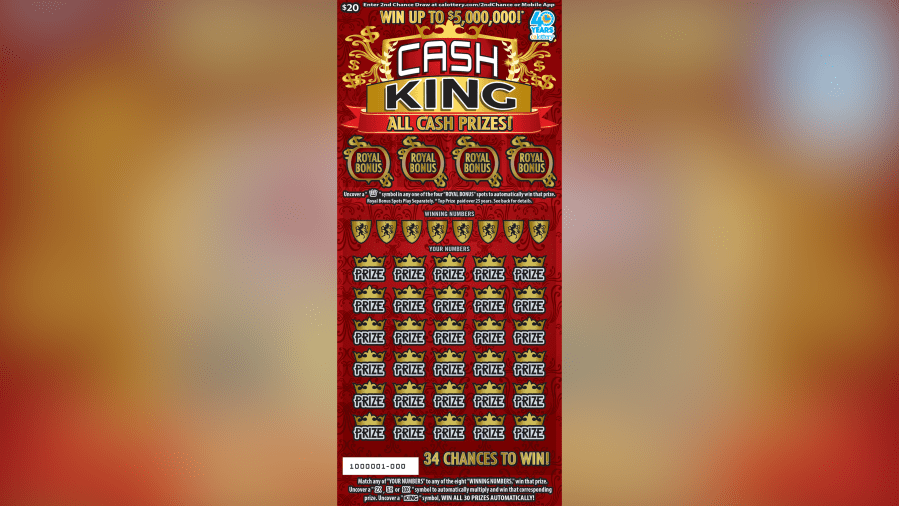Tens of thousands of queer activists and allies gathered in Manhattan on Sunday, June 29, for two prominent events celebrating the LGBTQIA+ community: the 55th annual NYC Pride March and the seventh annual Queer Liberation March. These events, though occurring simultaneously and in close proximity, represent starkly different approaches to celebrating Pride.
The NYC Pride March, which begins at 26th Street and Fifth Avenue and concludes at 16th Street and Seventh Avenue, is the largest pride event in the United States. It attracts thousands of participants and millions of spectators, often featuring significant corporate sponsorships. This year, however, saw a noticeable decline in corporate involvement, possibly due to brands distancing themselves from potential backlash amid the Trump administration’s policies targeting trans individuals and undermining Diversity, Equity, and Inclusion initiatives. Despite the sweltering heat, the turnout was defiantly joyful, with attendees celebrating in vibrant displays of unity and resilience.
Meanwhile, the Queer Liberation March, organized by the Reclaim Pride Coalition, offers a grassroots, inclusive alternative to the corporate-heavy NYC Pride. Founded in 2019, this march rejects corporate sponsorships and police partnerships, focusing instead on political activism and community solidarity. Activists and allies gathered at the NYC AIDS Memorial Park at St. Vincent’s Triangle, proceeding up Eighth Avenue to Columbus Circle, with chants led by trans activist Qween Jean, who condemned Immigration and Customs Enforcement (ICE) and championed a free Palestine.
Corporate Influence and Police Presence
The NYC Pride March has often been critiqued for its corporate partnerships, which some argue dilute the event’s original activist spirit. Reverend Pat Bumgardner, a long-time participant and senior pastor at the Metropolitan Community Church, expressed concern about this shift. “Over the years, Pride became successful in appealing to corporate sponsors, which there’s nothing wrong with if you’re also holding their feet to the fire,” she noted. “But if you’re giving them pride of place in the march and making all the community groups come last … One night we didn’t get to step off until midnight!”
Police presence at Pride events remains a contentious issue. Since 2021, NYC Pride has banned the NYPD from marching in uniform, yet officers were visibly patrolling the event. An incident involving the removal of a queer photographer from the parade route highlighted tensions between law enforcement and the community. “I’ve been photographing this event for five years,” the photographer protested. “This is my community!”
Grassroots Activism and Community Spirit
The Queer Liberation March emphasizes a return to the roots of Pride as a protest and a platform for marginalized voices. Volunteer marshals distributed water, offered wheelchair assistance, and ensured the safety of participants. The march’s theme, “Resist! Reclaim! Rejoice!” was embodied in the actions and spirit of the attendees, who carried homemade brews for hydration and energy.
Mayoral candidate Zohran Mamdani made a surprise appearance, receiving enthusiastic support from the crowd. The march’s focus on political advocacy and community support was evident, with participants leading chants and engaging in discussions about social justice issues.
Historical Context and Future Implications
Since the Stonewall riots of 1969, Pride events have evolved significantly. Initially, they were protests against systemic oppression and discrimination, but over the years, many have become more celebratory and commercialized. The Queer Liberation March seeks to reclaim the original intent of Pride as a platform for activism and change.
As the LGBTQIA+ community continues to face challenges, these marches underscore the importance of diverse approaches to advocacy. The contrasting events reflect broader debates within the community about the role of corporate influence and the need for political activism.
Looking forward, the dynamics between corporate-sponsored and grassroots Pride events may continue to evolve. The ongoing dialogue about inclusivity, representation, and the true spirit of Pride will likely shape the future of these celebrations.
Ultimately, both marches serve as vital expressions of identity and community, offering participants and spectators alike a chance to reflect on the progress made and the work still to be done in the fight for equality and justice.

